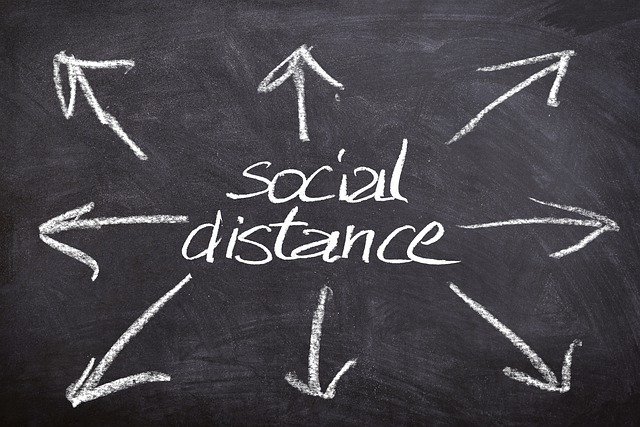
By Joh Covington, Skyline Reporter
Sul Ross State University, along with all of our fellow universities in Texas, has extended spring break and moved to online education for the immediate future. Those of us at the Skyline wish to support our fellow Lobos by imparting some helpful and hopeful information.
The spread of COVID-19 throughout the world goes beyond the physical. We are seeing the effects of this disease across many areas of our lives, even if it hasn’t infected our specific area, yet. The media is crowded with so many opinions and attention-grabbing and, admittedly fear-inducing headlines, it is difficult to know where the science ends and clickbait begins. Gathered here are a few reliable sources with information and advice. A good rule to follow is “be alert, but don’t panic.” This Skyline reporter hopes that these trying times may bring out the best in humanity rather than revealing the worst. The following information has been gathered directly from the Centers for Disease Control and Prevention and the World Health Organization’s public announcements and websites.
Those at greatest risk are older adults and those with other underlying medical conditions, which can cause serious complications. So, even if you are not in one of these groups, if you are in an area with a known virus outbreak, you could unknowingly infect someone who is. While those who are not in these groups most likely would only experience milder symptoms and recover quickly, one of the greatest concerns involves the volume of cases our healthcare systems can handle. About one in five people who catch this virus require hospitalization. We need to actively attempt to avoid getting sick in order to prevent the need for a hospital visit. This will ensure that someone else who does get sick can be treated without overwhelming our healthcare systems.
The reported symptoms of COVID-19 are:
- Fever
- Cough
- Shortness of breath/difficulty breathing
- Persistent pain or pressure in the chest
- Bluish lips/face
- Confusion or inability to arouse
Person-to-person contact appears to be main source of the virus spread. It can enter the system, via respiratory droplets produced by a sick person’s cough or sneeze, through the mouth, nose, and eyes (this fact is often forgotten, but the tear ducts are connected to the respiratory system, as well).

In order to most effectively and proactively avoid infection, the new word on the street is “social distancing.” In addition, some CDC guidelines include the following:
- Wash your hands often
- Don’t touch your face
- Sanitize surfaces that you and others traffic
- Avoid close contact with sick individuals
- Distance yourself from others, especially if COVID-19 is in your area
How to avoid infecting others:
- Follow the above suggestions
- Stay home if you are sick, unless you require medical attention
- If you have reason to believe you have COVID-19 call your medical provider and follow their instructions
- Cover your mouth and nose when coughing and sneezing with a tissue or snuggly inside your elbow, NOT WITH YOUR HANDS
- I repeat, wash your hands often and long (here is a video: https://www.youtube.com/watch?v=d914EnpU4Fo )
- If you are sick and must be around others, wear a face mask. If you are not sick and are not caring for anyone who is sick, you do not need a face mask (please leave them on the market for healthcare workers) Masks are only effective when used properly. See https://www.who.int/emergencies/diseases/novel-coronavirus-2019/advice-for-public/when-and-how-to-use-masks
FYI:
- Coronavirus isn’t airborne
- Mosquitoes have not been shown to transmit Coronavirus
- Hot baths will not kill the virus
- Neither will hand air dryers
- Cold weather has no effect on the virus (your body temperature stays about the same no matter the environment)
Need more updated info?
- Get Coronavirus disease (COVID-2019) situation reports here! https://www.who.int/emergencies/diseases/novel-coronavirus-2019/situation-reports
- Visit the Centers for Disease Control and Prevention, CDC’s Website https://www.cdc.gov/coronavirus/2019-ncov/index.htmlm
- Or the World Health Organization, WHO’s website https://www.who.int/emergencies/diseases/novel-coronavirus-2019
Want some YouTube education on the subject? Take a look at these:
How it spreads https://www.youtube.com/watch?v=VPBT2oLQv3k
6 Steps to prevent spread https://www.youtube.com/watch?v=9Ay4u7OYOhA
If you think you may have it https://www.youtube.com/watch?v=qPoptbtBjkg
On misinformation https://www.youtube.com/watch?v=5CRxyHU9Oxo
Featured Image by Miguel Á. Padriñán from Pixabay



